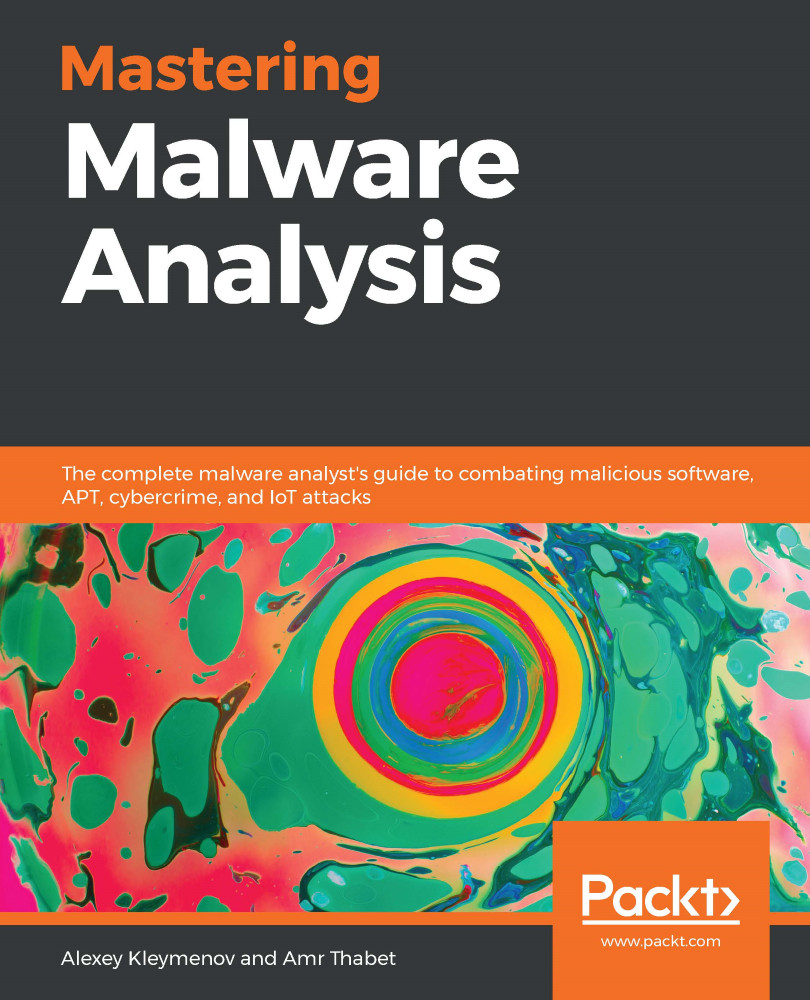Writing malware nowadays is a business, and, like any business, it aims to be as profitable as possible by reducing development and operational costs. Another strong advantage is being able to quickly adapt to changing requirements and the environment. Therefore, as modern systems become more and more diverse and low-level malware has to be more specific to its task, for basic operations, such as actual payload delivery, attackers tend to choose approaches that work on multiple platforms and require a minimum amount of effort to develop and upgrade.
As a result, it is no surprise that script languages have become increasingly popular among attackers as many of them satisfy both of these criteria.
In addition to this, the traditional attacker requirements are still valid, such as being as stealthy as possible in order...


